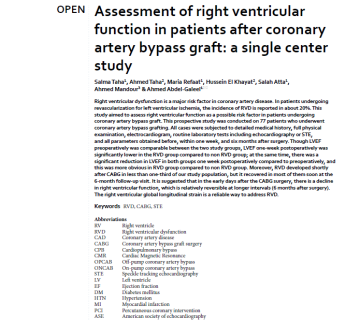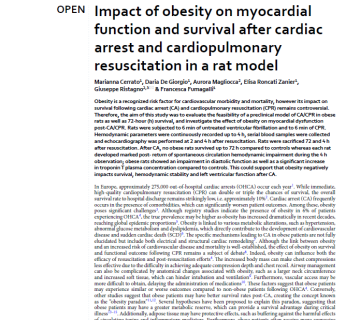Our study aims to evaluate the prevalence of elevated cardiac biomarkers, as well as their associations with chronic kidney disease (CKD) and long-term risk of mortality (all-cause and cardiovascular) in the US individuals without known cardiovascular disease. The study population was derived from individuals aged ≥ 20 years in NHANES 1999 to 2004. We calculated the prevalence of elevated cardiac biomarkers in both CKD and non-CKD populations and used multivariable logistic regression to assess the relationships between each cardiac biomarker and CKD. We also used multivariable Cox proportional hazards models and competing risk models to evaluate the adjusted associations between elevated cardiac biomarkers and all-cause and cardiovascular mortality. The crude prevalence of CKD in the overall population was 14.71%. Among CKD individuals, the age-standardized prevalence of elevated NT-ProBNP (≥ 125 pg/mL), hs-cTnT (≥ 6 ng/L), and hs-cTnI (M ≥ 6 ng/L and F ≥ 4 ng/L) were 26.43%, 47.44%, and 19.23%, respectively. After adjusting for cardiovascular and renal risk factors, significant correlations were observed between elevated cardiac biomarkers with CKD. Analysis of follow-up data revealed elevated cardiac biomarkers were independently associated with cumulative occurrence of all-cause mortality (CKD: adjusted hazard ratio [HR]: NT-proBNP: 2.00 [95% CI, 1.56–2.56]; hs-cTnT: 2.89 [95% CI, 1.96–4.26]; hs-cTnI: 1.92 [95% CI, 1.50–2.44]) and cardiovascular mortality (CKD: adjusted hazard ratio [HR]: NT-proBNP: 2.38 [95% CI, 1.61–3.51]; hs-cTnT: 2.70 [95% CI, 1.35–5.40]; hs-cTnI: 2.11 [95% CI, 1.46–3.04]). Additionally, different detection methodologies (Abbott, Siemens, Ortho) do not significantly affect the correlation between hs-cTnI and CKD, with a consistent positive correlation observed. Our research evaluated the substantial burden of elevated cardiac biomarkers in CKD individuals and provided crucial prognostic information regarding the long-term risk of mortality. These findings will offer significant guidance for risk stratification and the formulation of tailored prevention strategies across diverse populations.




بدون دیدگاه